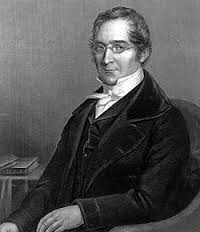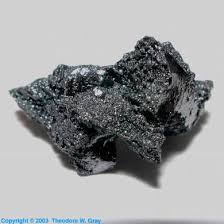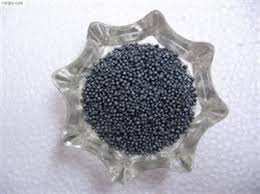Joseph Louis Gay-Lussac
~ Samar Abdelmageed ~

Joseph Louis Gay-Lussac (6 December 1778 – 9 May 1850) was a french chemist and physicist. He was best known for his work on the behavior of gases, namely Gay-Lussac's Law.
Biography
Gay-Lussac was born at Saint-Léonard-de-Noblat to Anthony Gay-Lussac, a royal attorney who was imprisoned from 1793-1794 during the French Revolution.
He attended the École Polytechnique, followed by the prestigious École des Ponts et Chaussées. He dropped out during this time to become research assistant to C. L. Berthollet. Later, he taught physics at the Sorbonne, and then the chair of chemistry at the Jardin des Plantes. In 1821, he became part of the Royal Swedish Academy of Sciences. He was also elected representative of the Haute-Vienne in the chamber of deputies and chamber of peers.
In 1809, Gay-Lussac married Geneviève-Marie-Joseph Rojot. They had five children together; the eldest, Jules Gay-Lussac, was assistant to prominent chemist Justus Liebig.
He died in Paris in 1850.
Scientific Contribution
Gay-Lussac formulated two core gas laws, identified two elements, and made important discoveries on the composition of the atmosphere and water.
Gas Laws
1. The Law of Combining Volumes states that when gases react to form new gas products, they combine in whole number ratios. This law later lead to Avogadro's Law.
Example: 3 Volumes Hydrogen Gas + 1 Volume Nitrogen Gas = 2 Volumes Ammonia Gas
2. The Pressure-Temperature Law states that pressure and temperature are directly related for a gas at a fixed volume and mass.
Example: The law can be used to compare the same substance in different conditions:
These two gas laws, along with Charles' Law, and Boyle's law make up the Combined Gas Law. The Combined Gas Law and Avogadro's Law form the Ideal Gas Law.
Elements
In 1808, Gay-Lussac co-discovered Boron with Louis Jacques Thénard. And in 1811, he identified Iodine as a new element.
Techniques and Experiments
Gay-Lussac pioneered the development of volumetric analysis and coined the terms "pipette" and "burette". He discovered that water was two parts hydrogen and one part oxygen by volume and that the composition of the atmosphere remained constant despite changes in altitude.
He also patented a method to measure alcohol content by volume; the ABV standard is used around the world and measured in degrees Gay-Lussac. He made significant contributions to electrochemistry, organic analysis, and the study of acids and bases.
He performed several dangerous experiments, the most famous of which involved taking a hot-air balloon to a height of 7,016 m to collect samples of air from various heights and temperatures.
Fun Facts
1. Gay-Lussac is one of only 72 people to have his name inscribed on the Eiffel Tower
2. He first met his wife in a fabric shop where she worked as an assistant and studied chemistry textbooks in secret
3. Since Gay-Lussac and his eldest son, Jules Gay-Lussac, share initials their work is often misattributed
4. There are several streets and a hotel named after him in France
5. Gay-Lussac had an intense rivalry with English chemist Humphry Davy
See Also
http://chemistry.bd.psu.edu/jircitano/gases.html
References
http://www.britannica.com/biography/Joseph-Louis-Gay-Lussac
http://www.chemistryexplained.com/Fe-Ge/Gay-Lussac-Joseph-Louis.html

